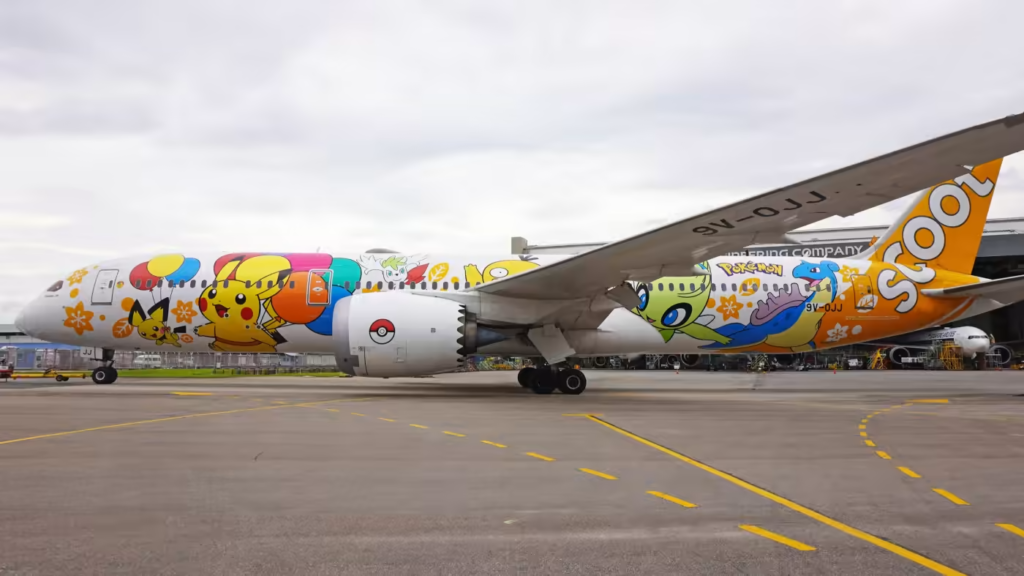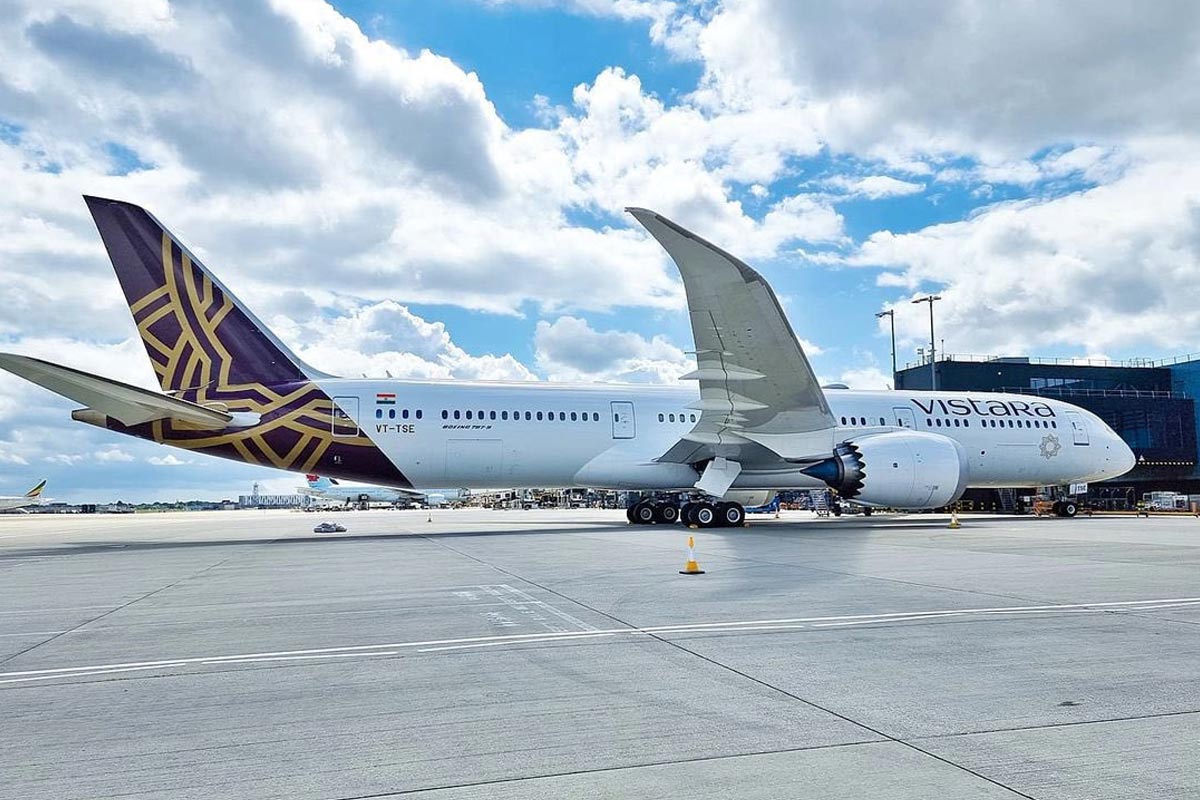Singaporean low-cost airline Scoot has become the first airline in Southeast Asia to fly the Pikachu Jet to boost demand for recovery from the COVID-19 pandemic.
The Singapore Airlines subsidiary is also trying to attract demand through ticket sharing and opening new routes. As China maintains its strict zero-covid policy, which has effectively banned cross-border travel, Scoot is pinning its hopes on Japan and Taiwan, which have decided to lift travel restrictions.
In early September, a Boeing 787 took off from Singapore’s Changi Airport, its fuselage decorated with illustrations of the popular Pokémon character Pikachu, carrying rainbow-colored balloons, as well as illustrations of Lapras and other Japanese media figures.
“The strategic partnership between Scoot and the Pokemon Company is a year in the making. It’s very timely to announce this as the borders are starting to open again and it’s time to rekindle the passion for travel, “Scoot CEO Leslie Thng told the media at the launch of the Pikachu Jet.
In special Pokémon-themed flights, Pikachu can be found. everywhere, from overhead bins to in-flight catering. The cabin crew will play games and offer an original Pokemon dance to entertain passengers.

The jet will debut for Scoot on a round trip between Changi and Narita, followed by a flight to Seoul near Incheon Scoot originally planned to operate two round-trip flights per month but announced in October. 3 that it will add Taipei from November 3 as the jet has proved popular with passengers. The plane is also used for other flights.
The airline partnered with The Pokemon Co., which manages the Pokemon brand and is a wholly-owned subsidiary of Japanese game maker Nintendo, in a corporate social responsibility initiative aimed at revitalizing the aviation and travel industry.
The Pokemon Company was responsible for packing the plane with new decorations, which reportedly cost about 100 million yen ($688,000). Scoot’s expenses are limited to sales promotion, marketing, and in-flight services, which makes the collaboration financially attractive for the low-cost airline.
Founded in 2012, Scoot is smaller than major regional low-cost carriers such as Malaysia’s AirAsia and Indonesia’s Lion Air. The competition was survived by establishing an international centre in Singapore and strengthening cooperation with the parent company.

However, recovering from the pandemic has been particularly difficult for Scoot. Although competitors continued to operate domestic flights, the city-state carrier had to wait for border restrictions to be lifted before increasing capacity.
Demand for travel is growing in Singapore after the city-state began easing entry restrictions in April. To capitalize on this opportunity, the airline gave free flight tickets to 10,000 passengers in June and August to celebrate its 10th anniversary.
Cabin crew members drew lottery tickets to entertain passengers during the flight. Scoot had 620,000 passengers in August, more than ten times more than in January.
However, its flight volume in August was 36% lower than three years earlier, mainly due to strict entry restrictions still imposed by China. This accounted for 25% of Scoot’s transport capacity before the pandemic.
“China is not yet open, but Scoot’s business model allows us to be nimble and flexible,”. The direct services to Narita, Osaka, and Incheon are “additional capacity that has replaced some of the networks lost in China. When China finally reopens, we will make sure we have the resources to come back .in a big way,” he said.. added.
Scoot started its first direct flights between Singapore and Narita in August. Direct flights to and from Osaka began in September for five weeks, but will expand to daily flights from the end of October. In November, Scoot will fly daily to Sapporo in its winter schedule, part of which will be the airline’s first direct flights to the northern Japanese city.
Before, Japan was a popular destination for Southeast Asian travelers. The government’s decision to extend overseas arrival dates from October 11 is expected to lead to an increase in demand.
Scoot is also operating additional flights to Taiwan, which lifted pandemic-related restrictions on October 13.
As for China, the airline is trying to get ahead of the curve and speculates that the country will gradually open its borders. Scoot continued flights to Fuzhou and increased the number of flights to Nanjing in September. The company also announced the expansion of services to Hangzhou, Zhengzhou, and Wuhan in October as it ramps up preparations for its first busy holiday season in three years.




